Advertisement
The fitness industry has rapidly evolved in recent years, with clients expecting tailored solutions that suit their unique health goals, time constraints, and physical limitations. In this changing landscape, fitness trainers are increasingly turning to technology to meet rising demands for personalization and efficiency. One tool proving to be particularly useful is ChatGPT—a language-based AI model that offers real-time assistance across a wide range of tasks, including workout planning.
While ChatGPT is not a replacement for professional certification, education, or real-life coaching expertise, it can serve as a supportive assistant for certified fitness professionals. By offering creative, adaptive, and informative suggestions, ChatGPT helps trainers develop personalized workout plans faster and more effectively. This post explores how fitness professionals can responsibly and efficiently use ChatGPT to design custom programs for their clients, with a strong emphasis on client safety, individualized goals, and professional integrity.
Before designing any personalized workout plan, fitness trainers need a clear understanding of the client’s goals, current fitness level, history of injuries, lifestyle habits, training frequency, and available equipment. ChatGPT can assist in streamlining this intake process by helping create detailed client assessment templates and questionnaires. These documents ensure that trainers gather all necessary information in a structured, repeatable format.
Once a client completes the form, ChatGPT can help categorize and summarize the responses into goal-oriented segments. For example, if a client is training for fat loss, recovering from an injury, or trying to improve flexibility, the AI can assist in organizing the training objectives accordingly. This structure allows the trainer to focus directly on planning rather than on paperwork.

With client data in place, the next task is structuring a weekly or biweekly plan that aligns with individual goals and constraints. ChatGPT can assist in formatting training schedules based on available days, target muscle groups, and training styles such as hypertrophy, endurance, or functional fitness.
Trainers can input general variables like “4 training days,” “focus on strength and mobility,” and “limited to resistance bands,” and ChatGPT can generate sample week layouts with progression in mind. These frameworks reduce repetitive tasks, especially when trainers have multiple clients with similar schedules but different goals.
Although ChatGPT’s suggestions require review and customization, the time saved on format creation alone can be significant for busy trainers managing 10 or more clients.
One of the biggest challenges in personal training is keeping clients engaged through variety and progression. Repetitive routines not only reduce motivation but also lead to physical plateaus. ChatGPT can support trainers by offering fresh ideas for supersets, circuits, mobility drills, or core finishers.
Whether the focus is strength, recovery, flexibility, or functional movement, ChatGPT can provide inspiration that aligns with the client’s preferences and training environment. For home-based clients with minimal equipment, it can suggest bodyweight adaptations. For gym-goers, it can propose barbell or cable machine alternatives. This flexibility allows trainers to refresh plans frequently while staying true to the client’s needs.
By using ChatGPT as a creative brainstorming tool, fitness trainers can keep their programs innovative and client-centred.
Clients with unique health needs require extra attention in plan design. ChatGPT is not qualified to provide medical advice, but it can support certified trainers by offering general strategies for plan adaptations.
For example, it can suggest exercise categories that are typically safer for individuals with joint limitations or cardiovascular considerations. It can also assist in reformatting routines to reduce impact, encourage balance, or increase rest periods. Trainers must apply professional judgment and consult with medical providers when necessary, but ChatGPT can help organize safer alternatives and adaptations for early-stage planning. This approach supports inclusivity while still respecting professional responsibility.

Effective workout programming extends beyond one week. Trainers must plan progressive overload, deload periods, and cycle changes across weeks or months to ensure results and prevent burnout. ChatGPT can help structure short-term and long-term cycles by suggesting training splits, rep schemes, rest intervals, and recovery weeks aligned with common periodization models.
For example, if a client begins with a general conditioning focus, ChatGPT can help map a gradual progression into strength phases or sport-specific routines. Trainers still manage the details and pacing, but the AI can reduce the cognitive load by handling structural logistics.
Beyond the workouts themselves, clients benefit from understanding why specific routines are included in their plans. ChatGPT helps trainers generate simple educational content that explains training principles, recovery strategies, and motivational advice in client-friendly language.
Whether it’s a one-page summary about progressive overload, a weekly update on why rest is essential, or a client FAQ sheet, these resources increase transparency, build trust, and empower clients to stay consistent. For online trainers or those working with clients asynchronously, this extra education becomes a key part of coaching value.
Client communication plays a central role in retention and satisfaction. ChatGPT can assist in drafting professional, friendly communication templates that cover onboarding emails, session summaries, check-in reminders, and progress feedback forms. These tools support a consistent coaching experience and save time in routine client interactions.
Freelance or full-time trainers managing 15+ clients often struggle to personalize every message. With ChatGPT’s assistance, trainers can start with well-written base templates and then customize messages slightly to reflect individual progress or concerns. This approach keeps client relationships strong while maintaining efficiency across a growing business.
In the modern fitness industry, clients expect more than generic routines—they expect personalization, attention to detail, and educational value. Fitness trainers now have more tools than ever to deliver on these expectations without burning out. ChatGPT, when used strategically and responsibly, becomes a powerful assistant in this mission.
From helping organize client data to brainstorming exercise combinations and automating feedback messages, ChatGPT allows fitness professionals to save time while improving program quality

Learn how ChatGPT helps Dungeon Masters enhance gameplay, improvise scenes, and manage detailed campaign elements.

Discover how writers can use ChatGPT to develop fictional worlds, including culture, history, magic, politics, and more.

Discover 8 effective ChatGPT prompt strategies that help reduce digital distractions and improve daily focus and clarity.
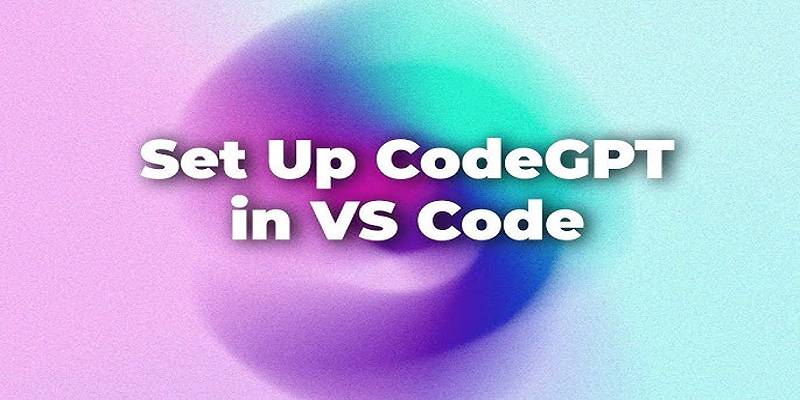
Learn how to install and use CodeGPT in Visual Studio Code to enhance coding efficiency and get AI-driven suggestions.
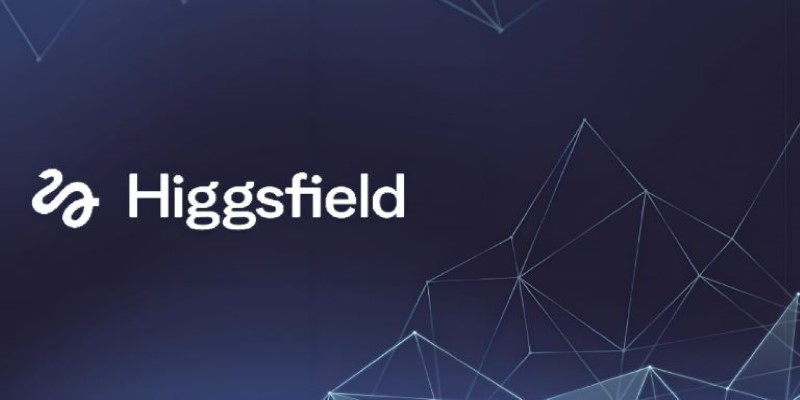
How is Higgsfield revolutionizing AI video creation? Learn about its fast, personality-driven videos perfect for social media, and how it compares to tools like Sora
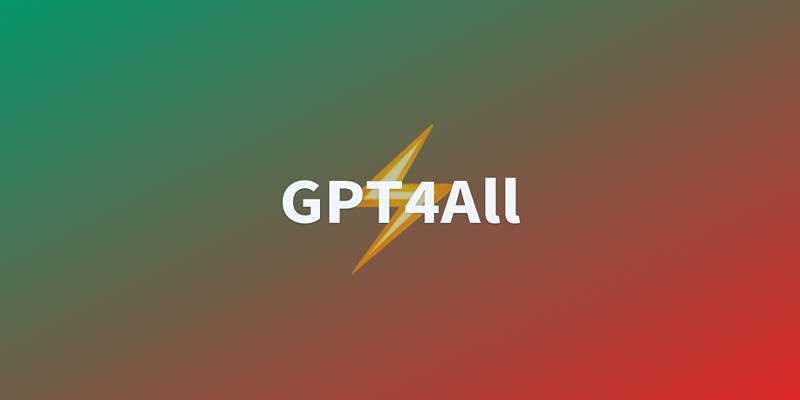
Learn how GPT4All runs offline, what makes it unique, and why it’s a secure, open-source alternative to cloud AI models.

Learn how ChatGPT token limits affect input, output, and performance—and how to manage usage without exceeding the cap.

Discover 11 effective ChatGPT strategies authors can use to create detailed, consistent, and dynamic book characters.
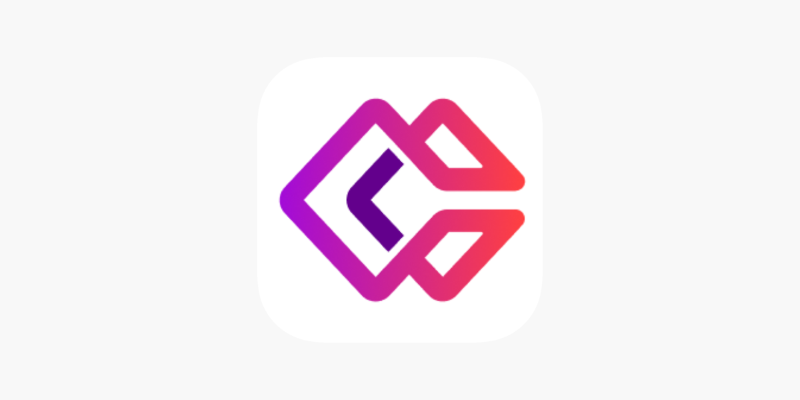
Need to remove an image background in seconds? Learn how Erase.bg makes it quick and easy to clean up product photos, profile pictures, and more with no downloads required

Explore how 10 top tech leaders view artificial intelligence, its impact, risks, and the future of innovation in AI.
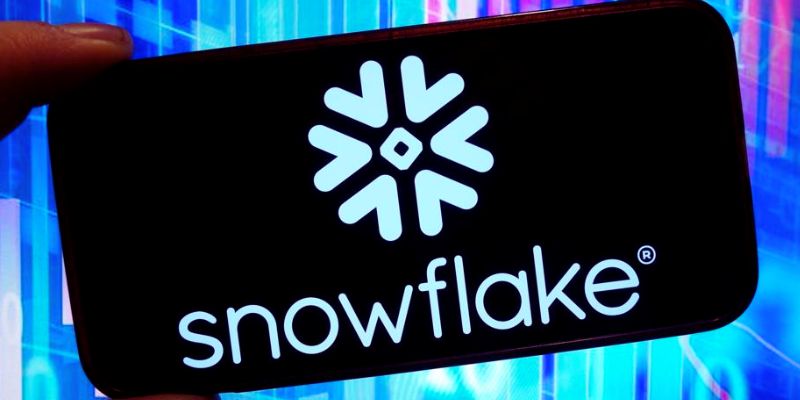
Snowflake unveils new AI and security features to enhance machine learning, data protection, and scalability for businesses
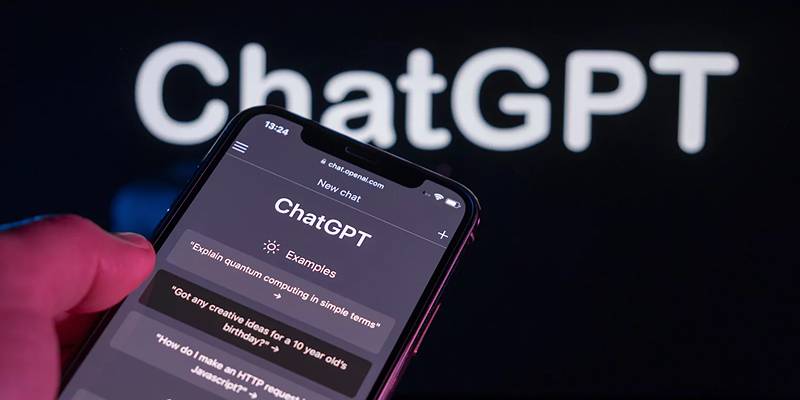
Many users say ChatGPT feels less intelligent, but OpenAI insists the AI model is smarter and safer with every new update.